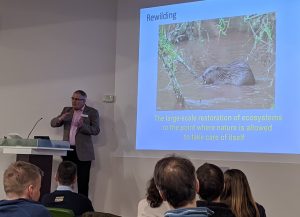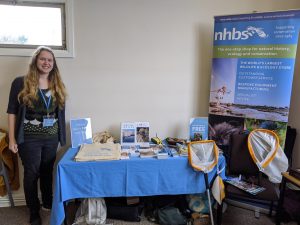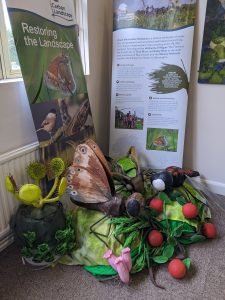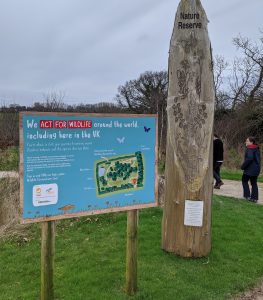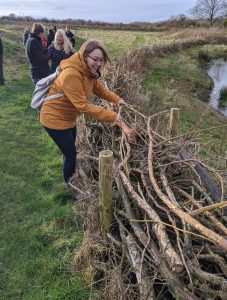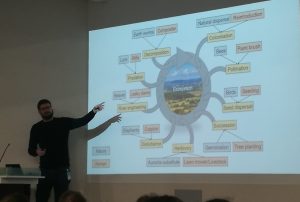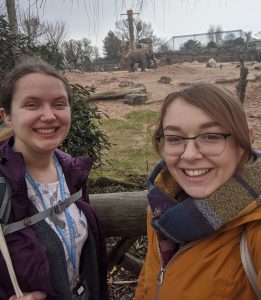
CIEEM’s “Time to Change: Putting the Environment at the Heart of Social and Economic Wellbeing” conference was accessed remotely, like so many of our gatherings this year. The virtual platform was used with great ease, allowing many people to access the talks which seamlessly focused on the various key speakers. The day also included live Q&As and breakout rooms, with all sessions ending in lively panel discussions. The conference took place over three days and focused on six different sub-topics. The general theme was ‘The Future’; how best to arm ourselves and the importance of collaboration, including people from all sectors and the general public.
At NHBS, we were particularly interested in the ‘New Tools and Technology Advancing Professional Practice’ session that was held on the final afternoon. This session covered Artificial Intelligence (AI), remote sensing and soundscape ecology, and explored the best methods of using the information that these technologies provide us with.
Tom August (UK Centre of Ecology and Hydrology) took us through how AI can learn when being used for species identification. It can also be a great tool for involving the public in research and an aid to improving our own identification skills. He discussed how we can help encourage technology learning by making positively identified photographs attached to species ecology widely available. He also assured us that AI is continually learning and improving: for example in 2014 AI could identify species to the same level as an average skilled person, whereas by 2017 it could function to just below the level of a species expert.
Jonny Miller and Joshua Aves (WSP) then took us through a working example of using drones and camera footage alongside GIS to improve survey and analysis efficiency (in this example up 70%). They explained that this can be great for creating baseline information and can help with safety when surveying more dangerous areas such as roadsides. They anticipate that the use of this technology will increase due to new needs to demonstrate biodiversity net gain.
Oliver Metcalf (Manchester Metropolitan University) demonstrated the use of audio recording devices to survey for various species and the benefits thereof. These benefits included removal of the surveyor effect on the target species’ behaviour as well as being able to analyse the same recording multiple times, in different ways and by different people – this helps to reduce error and increase the number of target species. When used in areas with reduced sight it can also be more productive than traditional visual surveys. His talk covered the drawbacks of the method, for example, there is no rule book around this technology, and if there is a loss of data then it is a big loss. At the moment, the technology is biased towards birds, and although large amounts of data are produced (which in itself has its benefits and challenges) there is not yet a wide database for all species. However, automated functions such as species identification and identifying false positives are continually improving. Oliver went on to explain that the use of acoustic indices does not require a high level of skill and has a huge variety of applications such as habitat type prediction (which maps well onto wilderness perception), variation in sound bar correlating to species richness, and detection of temporal trends.
As the use of all of these technologies result in large databases, Gregory Slack and Matthew Whittle (Jacobs UK Ltd) took us through a working example of how much data to collect at a site survey for bats and how to analyse it. They explained that there is a need to collect data with deeper analysis reporting more than means and medians (and believe this will be reflected in new guidelines) but that with use of acoustic recorders and statistical software such as R, minimal added survey effort does not add much when it comes to analysis, as this can be automated. Analysis like this can also be used throughout the study rather than only at the end.
The overarching takeaway from this session was that we should embrace the use of new technologies and that we all have a part to play in helping to develop them. There were discussions as to whether these new technologies would replace us (ecologists) but all speakers were reassuring that they would only make our lives easier. There was emphasis that their use should be carried out by (or at least alongside) ecologically trained professionals to provide meaningful data.
All of the talks from this inspiring session left me excited for the beneficial impacts of new technology.



 CIEEM’s
CIEEM’s 


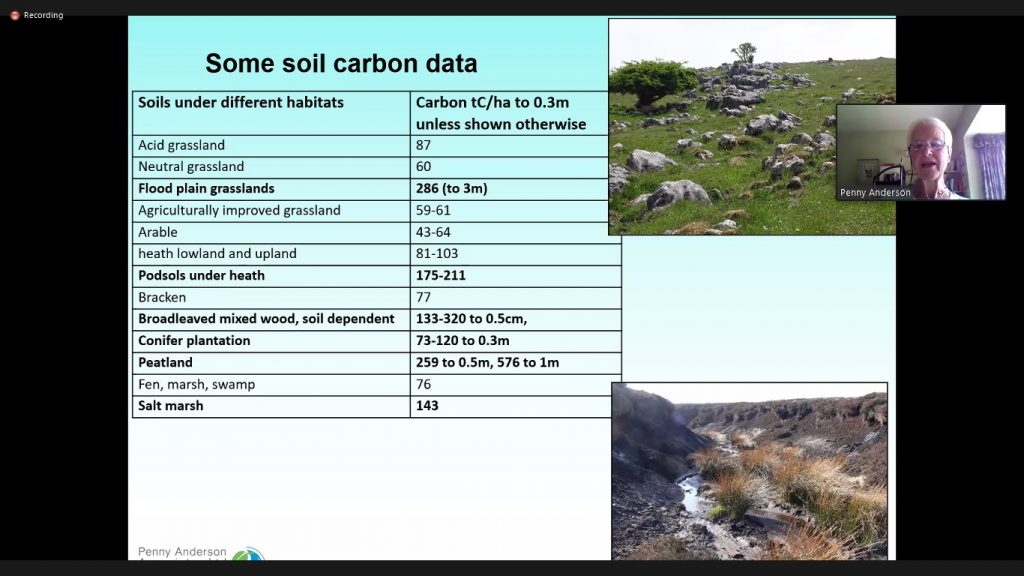
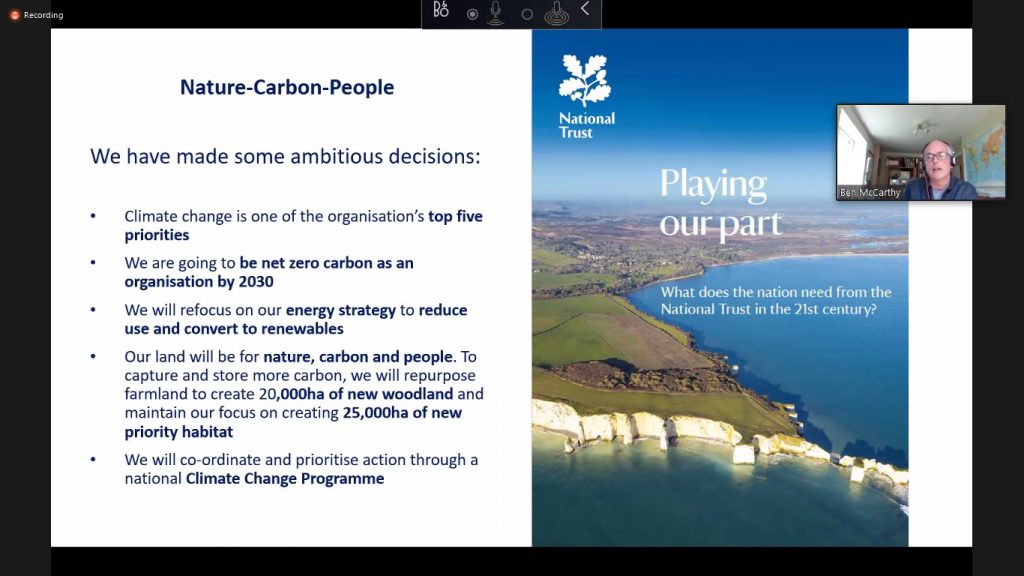
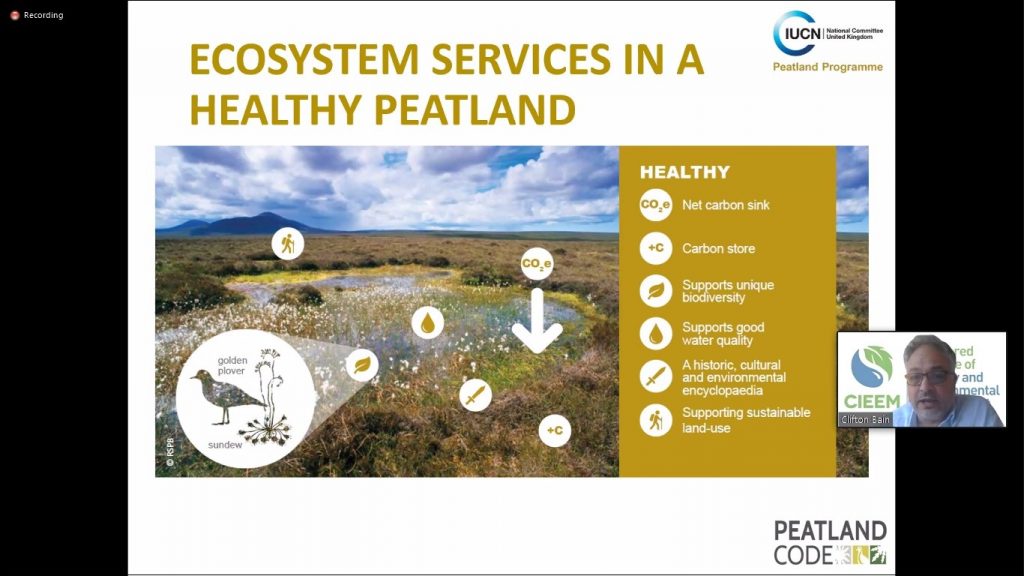
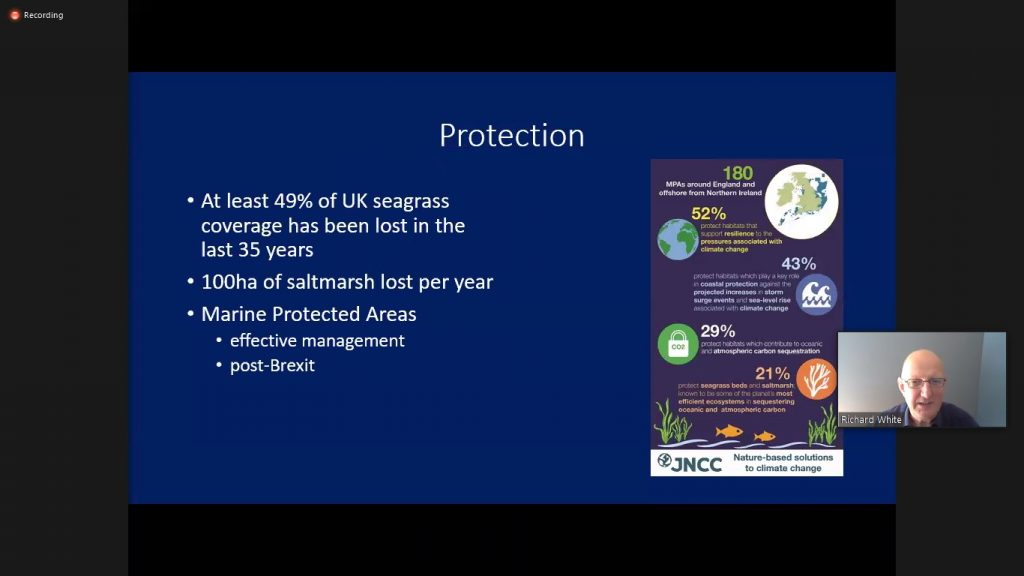

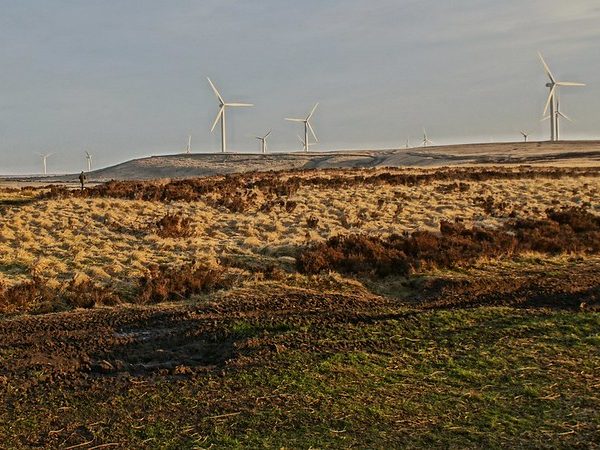
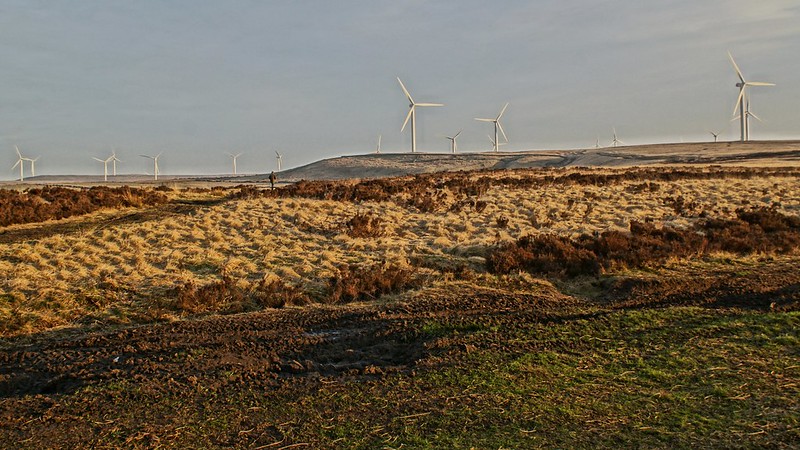
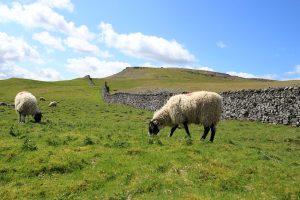
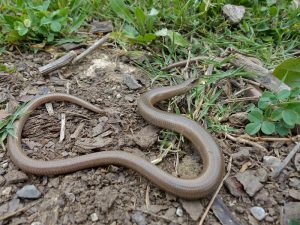
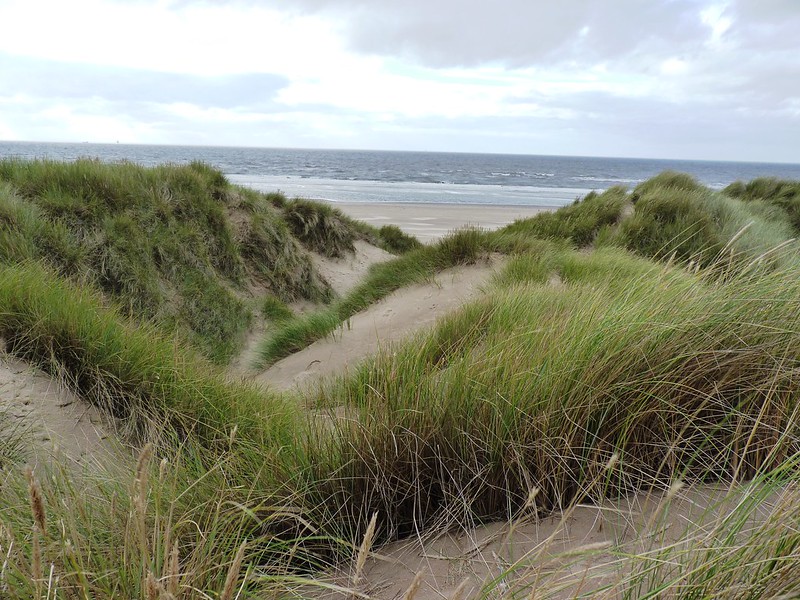
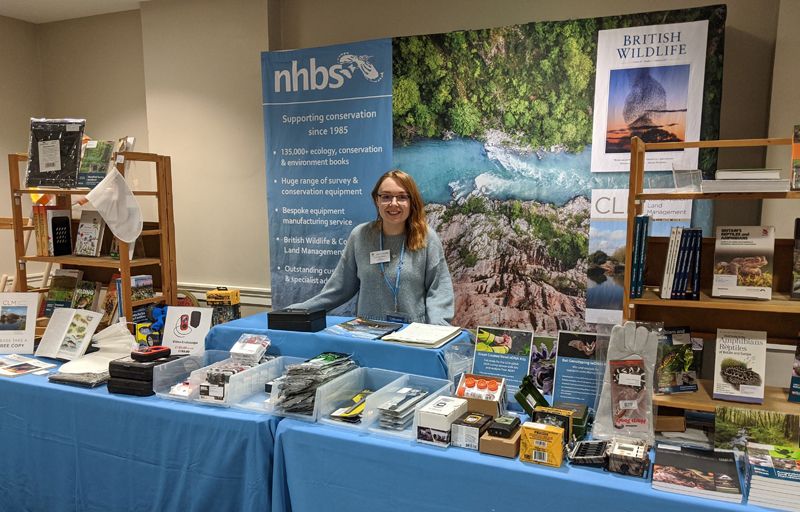
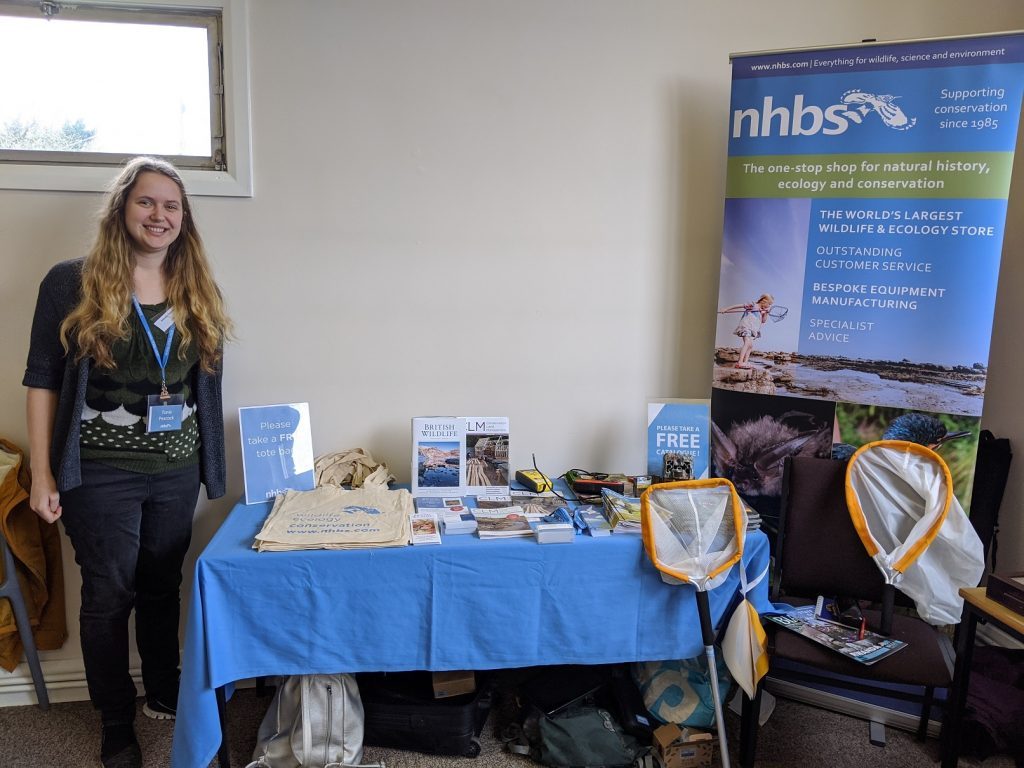
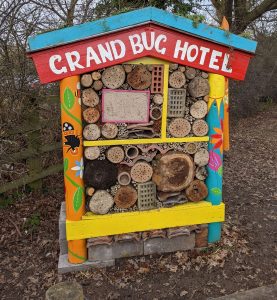 Greeted by the trumpeting of elephants across the otherwise silent car park, we arrived at Chester Zoo. With a quick glimpse into the rhino enclosure, we turned away from the main entrance and headed towards the lecture theatre (passing an impressive and colourful bug hotel) for the start of the
Greeted by the trumpeting of elephants across the otherwise silent car park, we arrived at Chester Zoo. With a quick glimpse into the rhino enclosure, we turned away from the main entrance and headed towards the lecture theatre (passing an impressive and colourful bug hotel) for the start of the